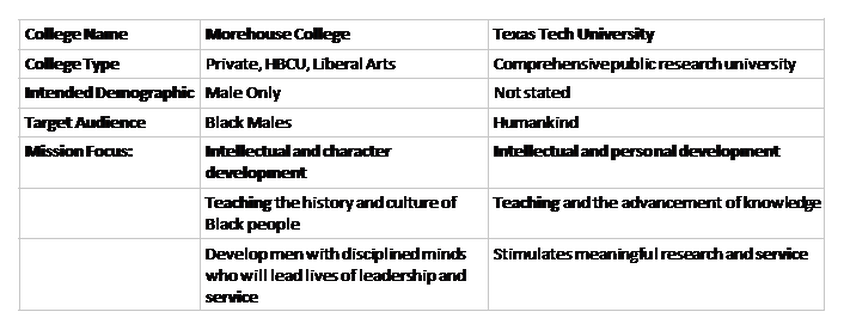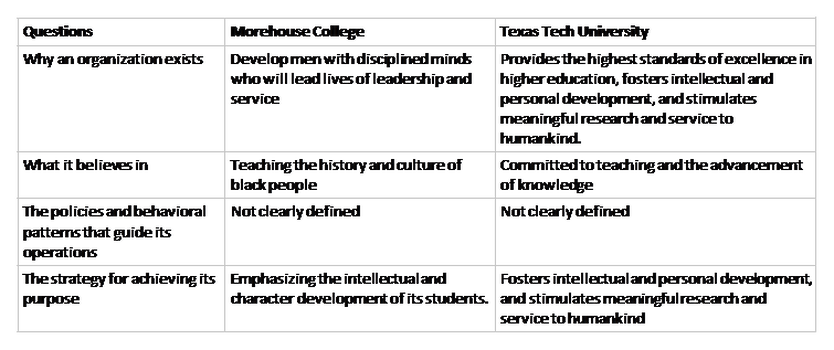|
I began discovering my authentic teaching self during the first semester of my Ph.D. program, Fall 2019. I had no prior experience teaching in an academic setting. There I was, in my GTA assignment, in front of 60 materials science and engineering students to teach them about technical writing. My experience up until then was industry training individuals on how to use the content management system that managed our proposals, leading proposal teams, and tutoring elementary school children. I completely felt ill-equipped and tremendously nervous in my new role as an instructor, compounded with being a first-year Ph.D. and a 13-year gap since my last in-person academic experience. The question surfaced very quickly. What is my teaching identity? Ironically, I have a Graduate Certificate in Teaching Technical Communication, but even that experience was in theory and not in practice. It is safe to say that I have an understanding of what teaching could look like, and I admit that there is significant room to grow into what I imagine is my authentic teaching self.
I survived my first-semester teaching technical writing, and the students produced a critical review of a material as their final project---a small victory. This semester, I am teaching the same course for the second time, but this time around I am much more familiar with what I am teaching and what material was not sufficient the last time. During this pandemic, my class meets synchronously via Zoom, so I am reframing my teaching methods to account for the situation (learning environment). A benefit to being on Zoom is that I now have recordings of myself presenting the content. Unfortunately, I cringed at watching myself teach the students. The number of "ums" I said per second was unbecoming. Although prepared, I was thrown off by switching in and out of a PowerPoint presentation and walking the students through other content I was displaying. I think the "ums" was my way of playing it cool. I post the recordings for the students to revisit later, and that is my motivation to be my better self. Don't worry. It is my nature to be hard on myself---I can handle it. After reading "Finding My Teaching Voice" by Sarah Deel, I realized that I too considered my experiences with teachers I identified as good or bad teachers and hoped to build my teaching identity from there. Deel asked the questions, "How did the good professors interact with students?" and "How do I create a professional relationship with my students? Can I maintain authority and treat students fairly while striving for them to like me? Where should the boundaries be?" As I reflected on my previous teachers, I thought about how I enjoy getting out of class early. With my students, I exercised my power to do so mostly on football game days---my class is taught on a Friday afternoon. Also, respect is crucial to me, and I want to be sure that the boundary of the teacher/student is clear, so I require my students to address me as Ms. Evans. I also have my students use my last name because I am aware that I look younger than my age, so, again, I do not want the lines blurred in my interaction with students. Deel explains that "becoming a good teacher [is] more than just adopting a set of techniques and strategies." I agree because even with trying techniques that I thought would make me better, I still feel a bit lost in my teaching identity. I will heed what Deel gleaned from Parker Palmer to bring more of yourself into your instruction to become a better teacher. What is funny about this is that I gave this exact advice to new graduate students at orientation as I sat on a panel answering questions of nervous graduate teaching assistants. Just maybe, I instinctively know what to do, but I am second-guessing myself with ideas of what the identity of the "good teacher" looks like. As I ponder on my teaching identity more deeply, I have separated my teaching identity into two separate identities: classroom identity and office hours identity. I am much more comfortable with students one-on-one during office hours and feel more like myself in that context. My redeeming qualities are that I am approachable and give the students positive reinforcement about the quality of their work. I want them to trust their writing abilities because I understand a positive attitude about their writing will help them strengthen their writing skills over time. There is something to be said about my hang-ups surrounding my "classroom identity." I am optimistic that I will discover my teaching identity by the time I earn my Ph.D. and ready to teach as a professor. or this first blog, I am taking a Future Professoriate class at Virginia Tech, and I explore the nature of mission statements of educational institutions by analyzing two mission statements: Morehouse College and Texas Tech University. Morehouse College is located in a predominantly Black metropolitan, Atlanta, Georgia and an all-male private institution. Texas Tech University is a public university located in Lubbock, Texas, near a region that originated in thousands of slaves who were unaware of their emancipation for years, and their freedom is now celebrated by Black people as Juneteenth (June 19th). I provide both institution's mission statements below for my analysis. Morehouse College, Atlanta, GA (Male HBCU) The mission of Morehouse College is to develop men with disciplined minds who will lead lives of leadership and service. A private historically black liberal arts college for men, Morehouse realizes this mission by emphasizing the intellectual and character development of its students. In addition, the College assumes special responsibility for teaching the history and culture of black people. Texas Tech University, Lubbock , TX (PWI) Committed to teaching and the advancement of knowledge, Texas Tech University, a comprehensive public research university, provides the highest standards of excellence in higher education, fosters intellectual and personal development, and stimulates meaningful research and service to humankind. I found difficulty in trying to find the Texas Tech University mission statement on their website. I went to the "About" page and there were no clear identifiers to steer me in the right direction. After conducting a Google search for the mission statement in question, I arrived to two mission statements: one for their study abroad and another for international affairs. I resolved to heading back to the "About" page and this time selected the subpage "Texas Tech Facts." I encountered what appears to be a mission statement that I have noted above. If mission statements are governing language to align stakeholders with the university's plan, then at a minimum, the mission statement should be easy to locate and clearly identifiable. Key elements that are explicit in both mission statements are as follows: In reviewing both mission statements, Morehouse College's statement mirrors the university's demographic (Black males), whereas Texas Tech's mission statement attempts to account for a broader student population and stakeholders but their student demographic is approximately 60% white. The mission statements are essentially identical as we compare the stated key elements: college name, college type, intended demographic, target audience, and mission focus. The difference between the mission statements is only in that Morehouse is structured for a Black male student population. Texas Tech (a PWI) states a general audience of "humankind" without taking the opportunity for the integration of diversity into the university's mission.
In "What do universities want to be? A content analysis of mission and vision statements worldwide," Julián David Cortés-Sánchez explains that mission statement's should be centered on the following four questions: "Why an organisation exists," "What it believes in," "The policies and behavioural patterns that guide its operations," and "The strategy for achieving its purpose." I attempted to place Morehouse College and Texas Tech's mission statements into this four question heuristic to identify if what Cortés-Sánchez states as the essence of a mission statement is captured by these universities. I must say I anticipated by choosing these institutions that are of different types and are located in drastically different regions of the country that the mission statements would be just as disparate. I would be interested in knowing if the majority of U.S. institutions are using similar language to meet the structure of the mission statement genre. Is the intent of the mission statement being upheld? Who is actually reading mission statements? Are potential stakeholders making decisions to unite with universities because they share the values and interests stated in the mission statement. My final thoughts are that the mission statement is a signpost and a required element for business structures, but they do not provide the depth that one would anticipate to truly understand the culture of a university. Food for thought. What are your thoughts? I will review and provide my input on the next post so we can really have a discussion.
What do universities want to be? A content analysis of mission and vision statements worldwide |
AuthorI am hoping that by taking the Future Professoriate and Contemporary Pedagogy course I will gain a better understanding of how to situate myself in the classroom, my field, and academia at-large. ArchivesCategories |


 RSS Feed
RSS Feed